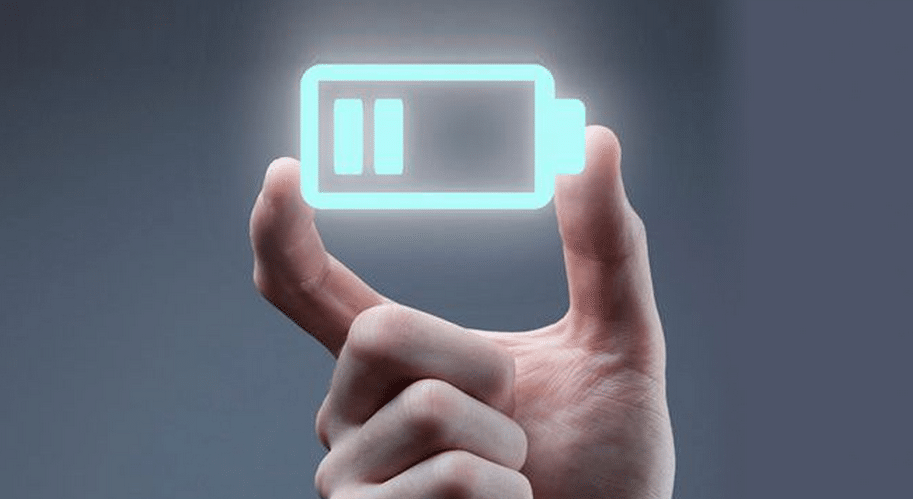California adopts first interconnection rules to utilize hosting capacity results: The California Public Utilities Commission (CPUC) issued sweeping changes to Rule 21, the rules under which distributed energy resources, like solar power and energy storage, may interconnect to California’s electric grid. The changes represent a radical shift in how states handle interconnection policy, with a number of unprecedented changes that will provide a model regulators in other states can look to as they work to enable more renewable energy on the grid through modern interconnection policies.
Interconnection to the electric grid is a critical step in the deployment of most renewable energy systems, including solar power and energy storage systems. Yet lengthy processes for interconnection approval that rely on outdated technologies can often be a barrier in the process.
The revisions to Rule 21 encompass many issues but three of the most noteworthy include 1) the plan to incorporate data on the actual grid conditions at the locations of projects that request to interconnect; 2) an option for developers to propose project operating schedules that are based on those grid conditions; and 3) the addition of more advanced interconnection policies for interconnection of energy storage projects. Read the details from IREC here.
Pine Gate Renewables and Kayne Anderson Capital Advisors announced their first wave of solar energy projects in Michigan: The companies have completed development for 14 new solar farms in eight counties which will be constructed as part of a larger initiative to bring more than 500 MW of renewable energy projects to the state through 20-year PPAs. The initial 14 solar farms are expected to go online in the fourth quarter of 2020 and will produce approximately 40 MW of clean energy. The first 14 projects will inject $80 million of capital into the state and contribute $11 million in tax revenue. Pine Gate Renewables developed the Michigan projects with Birch Creek Development. Financing was provided by KeyBank, Barings and US Bank. Source: Pine Gate Renewables
Natron Energy, a supplier of fire-safe sodium-ion batteries using Prussian blue chemistry, has achieved a UL listing for its battery — a first for the nonflammable battery technology that can be integrated into data centers and telecom applications. The commercially available battery is the first-ever sodium-ion battery to achieve a 1973 certification from UL and the first battery cells to publicly disclose the results of UL 9540A fire testing on the new UL 9540A database. The batteries do not exhibit thermal runaway under any conditions, according to the company. Natron recently raised $35 million in series D funding led by ABB Technology Ventures, NanoDimension Capital and Volta Energy. Return backers Chevron, Khosla Ventures, and Prelude Ventures also participated. The firm has received a total of more than $50 million in venture funding and more than $25 million in ARPA-E and DOE funding. Source: Natron Energy
Solar farms are cash crops in rural Western New York towns: Across farms and vacant land from Otto to Batavia to Buffalo, there’s a new crop being developed. Not corn or wheat but solar panels and nearly $170 million in private investment has taken place or is planned. “It is, in many respects, being driven by the governor’s agenda that focuses on producing and sell renewable energy sources,” said Corey Wiktor, County of Cattaraugus Industrial Development Agency, which has offered tax breaks that sparked more than $80 million in solar farm projects in the last two years. Omni Navitas Renewables of Boston, Mass., will create a $43.3 million collection of five solar farms in the town of Otto. The sites will include about 20,000 solar panels within the next year. “My phone hasn’t stopped ringing from solar-farm investors,” Wiktor said, including out-of-state interests. “Solar is not going away.” Source: Buffalo Business First
This content is protected by copyright and may not be reused. If you want to cooperate with us and would like to reuse some of our content, please contact: editors@pv-magazine.com.








Has anyone considered the dual benefit available from standby and limited use electric vehicles? Specifically I’m referring mostly to car/truck rentals, utility vehicles and school buses (off season). EV versions of these would offer owners a 2nd income source from a HUGE surplus of KW/hrs. This would give versatility to the grid and a 2nd use for these not-in-use EV rentals. BMS software could be configured to adjust the amount of battery drain allowed per vehicle. Thus the owner could maximize or minimize the amount of power provided—depending on the vehicles planned use.